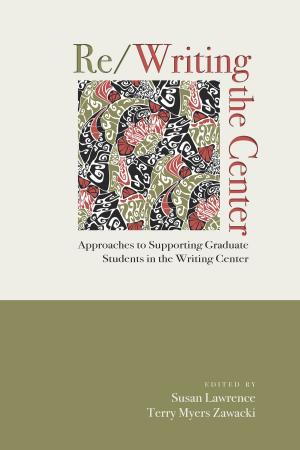An Epidemic of Rumors
How Stories Shape Our Perception of Disease
Nonfiction, Social & Cultural Studies, Social Science, Folklore & Mythology| Author: | Jon D. Lee | ISBN: | 9780874219296 |
| Publisher: | Utah State University Press | Publication: | March 15, 2014 |
| Imprint: | Utah State University Press | Language: | English |
| Author: | Jon D. Lee |
| ISBN: | 9780874219296 |
| Publisher: | Utah State University Press |
| Publication: | March 15, 2014 |
| Imprint: | Utah State University Press |
| Language: | English |
In An Epidemic of Rumors, Jon D. Lee examines the human response to epidemics through the lens of the 2003 SARS epidemic. Societies usually respond to the eruption of disease by constructing stories, jokes, conspiracy theories, legends, and rumors, but these narratives are often more damaging than the diseases they reference. The information disseminated through them is often inaccurate, incorporating xenophobic explanations of the disease’s origins and questionable medical information about potential cures and treatment.
Folklore studies brings important and useful perspectives to understanding cultural responses to the outbreak of disease. Through this etiological study Lee shows the similarities between the narratives of the SARS outbreak and the narratives of other contemporary disease outbreaks like AIDS and the H1N1 virus. His analysis suggests that these disease narratives do not spring up with new outbreaks or diseases but are in continuous circulation and are recycled opportunistically. Lee also explores whether this predictability of vernacular disease narratives presents the opportunity to create counter-narratives released systematically from the government or medical science to stymie the negative effects of the fearful rumors that so often inflame humanity.
With potential for practical application to public health and health policy, An Epidemic of Rumors will be of interest to students and scholars of health, medicine, and folklore.
In An Epidemic of Rumors, Jon D. Lee examines the human response to epidemics through the lens of the 2003 SARS epidemic. Societies usually respond to the eruption of disease by constructing stories, jokes, conspiracy theories, legends, and rumors, but these narratives are often more damaging than the diseases they reference. The information disseminated through them is often inaccurate, incorporating xenophobic explanations of the disease’s origins and questionable medical information about potential cures and treatment.
Folklore studies brings important and useful perspectives to understanding cultural responses to the outbreak of disease. Through this etiological study Lee shows the similarities between the narratives of the SARS outbreak and the narratives of other contemporary disease outbreaks like AIDS and the H1N1 virus. His analysis suggests that these disease narratives do not spring up with new outbreaks or diseases but are in continuous circulation and are recycled opportunistically. Lee also explores whether this predictability of vernacular disease narratives presents the opportunity to create counter-narratives released systematically from the government or medical science to stymie the negative effects of the fearful rumors that so often inflame humanity.
With potential for practical application to public health and health policy, An Epidemic of Rumors will be of interest to students and scholars of health, medicine, and folklore.















